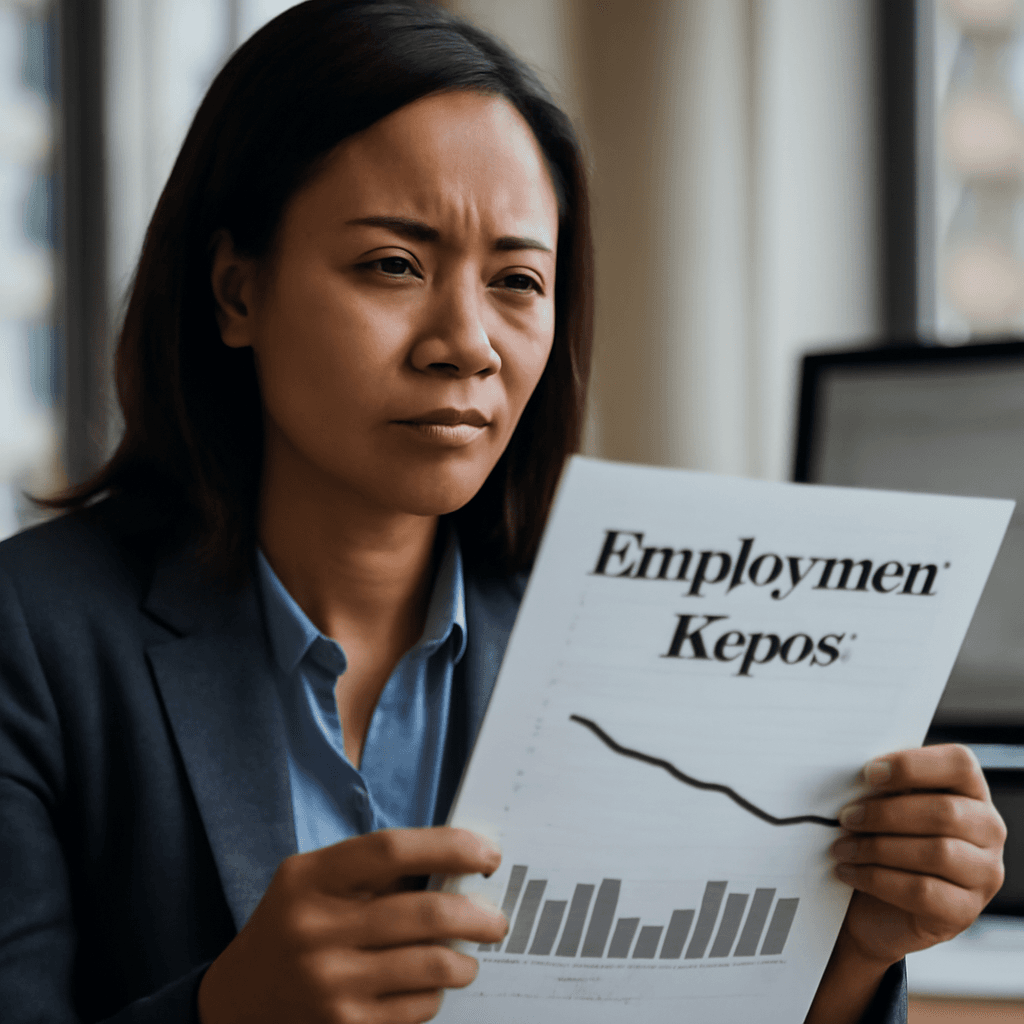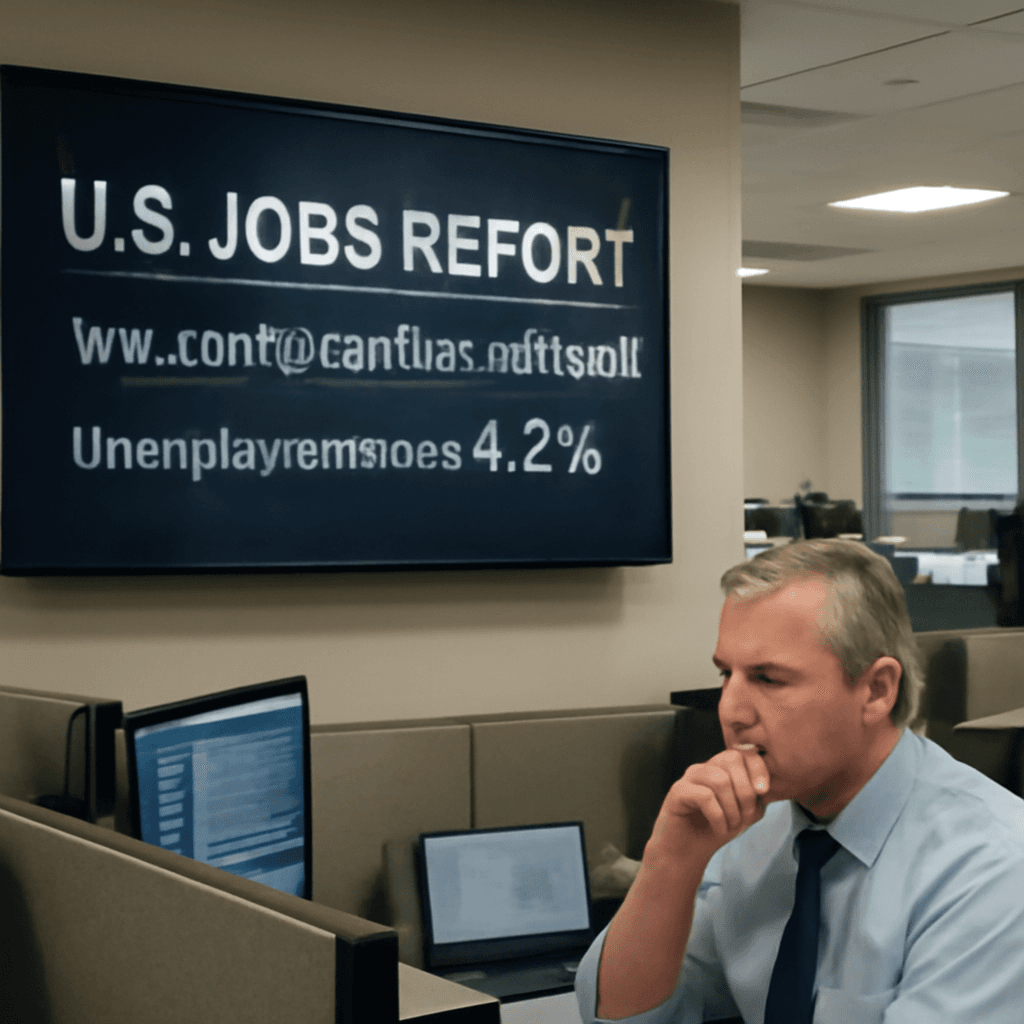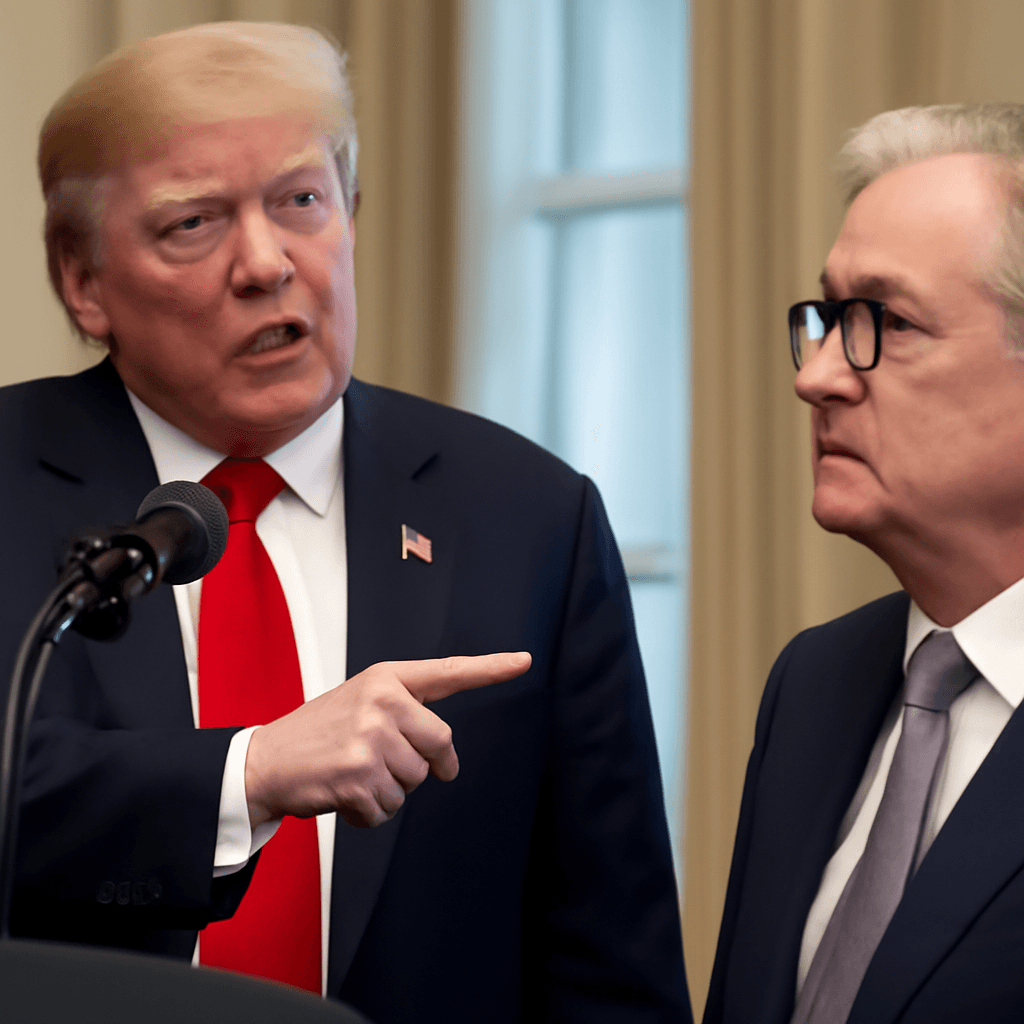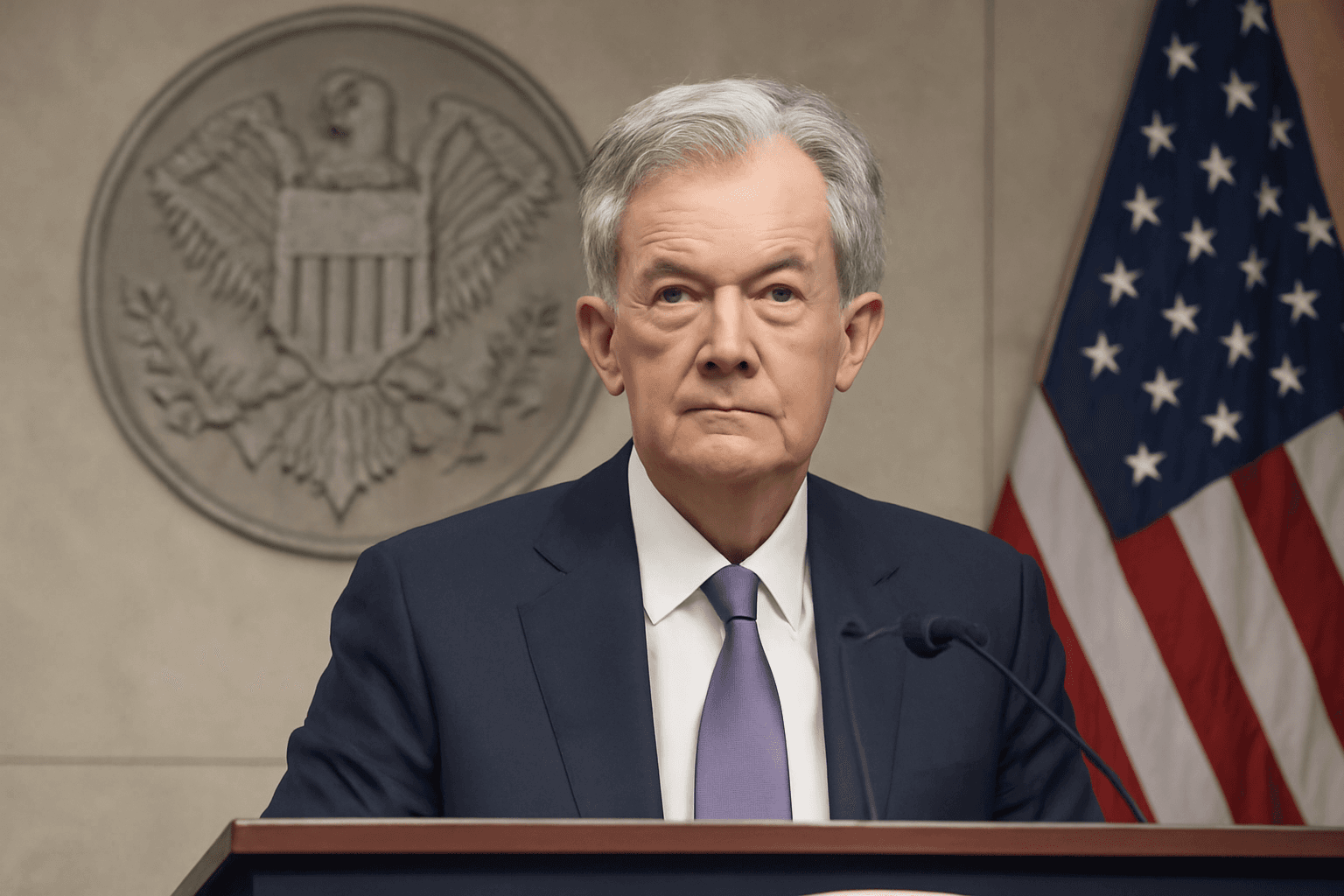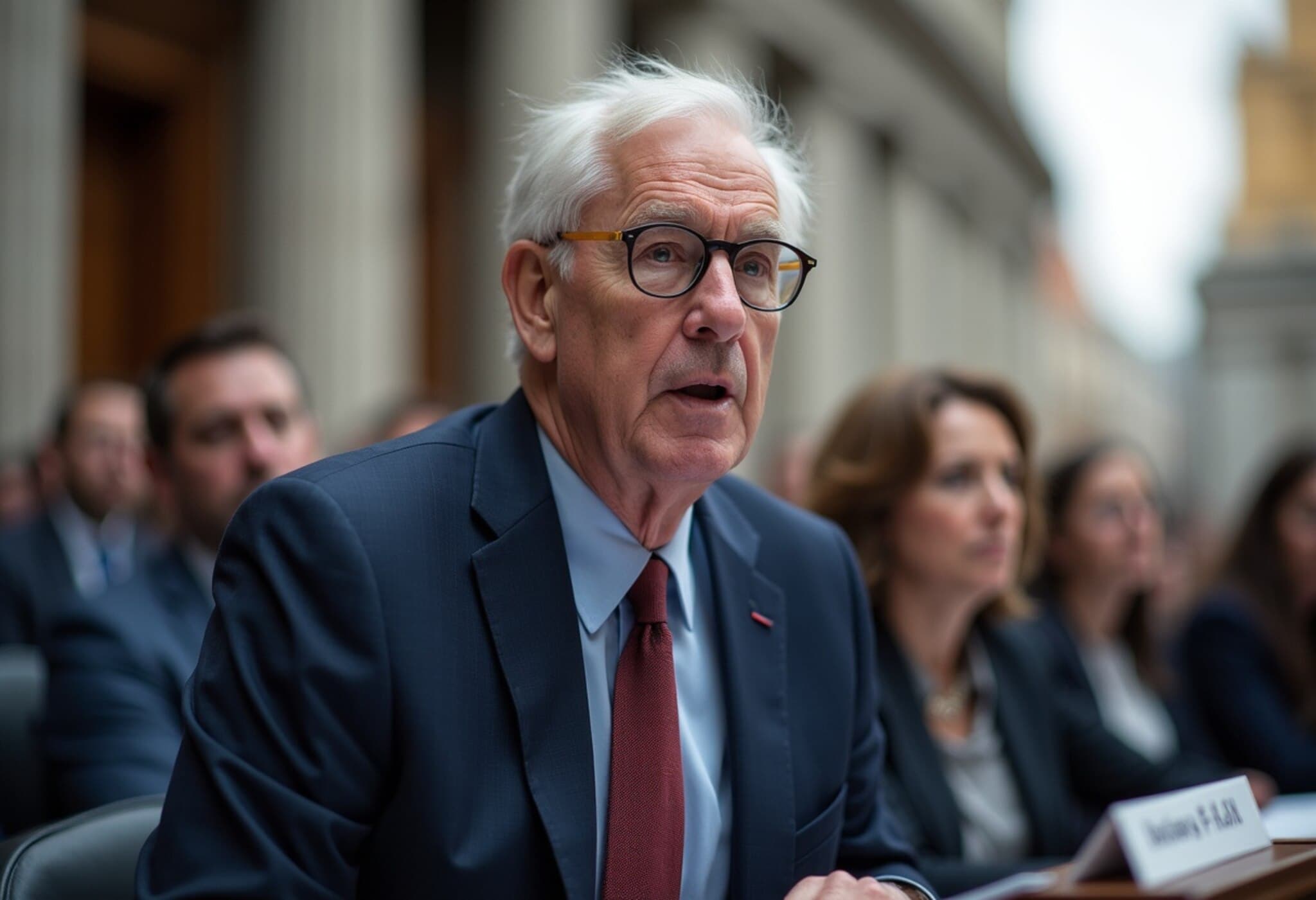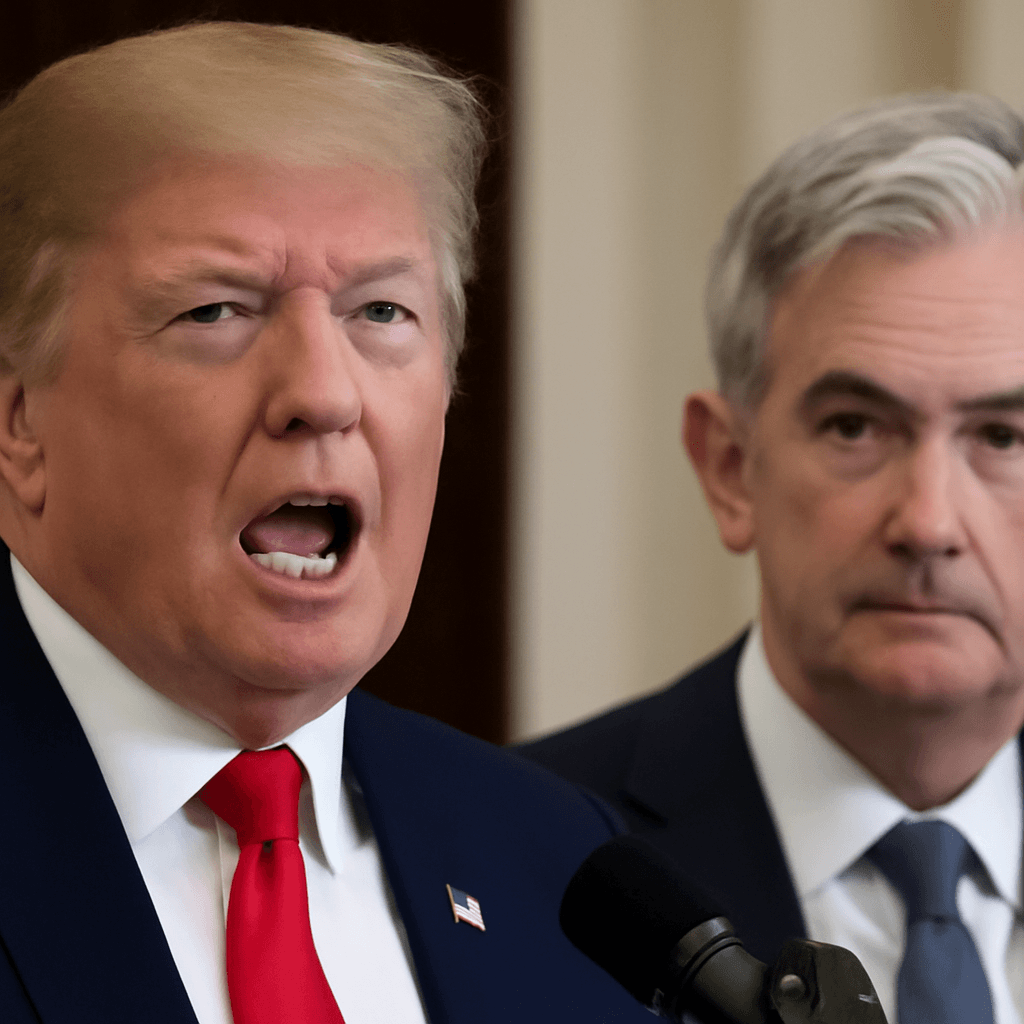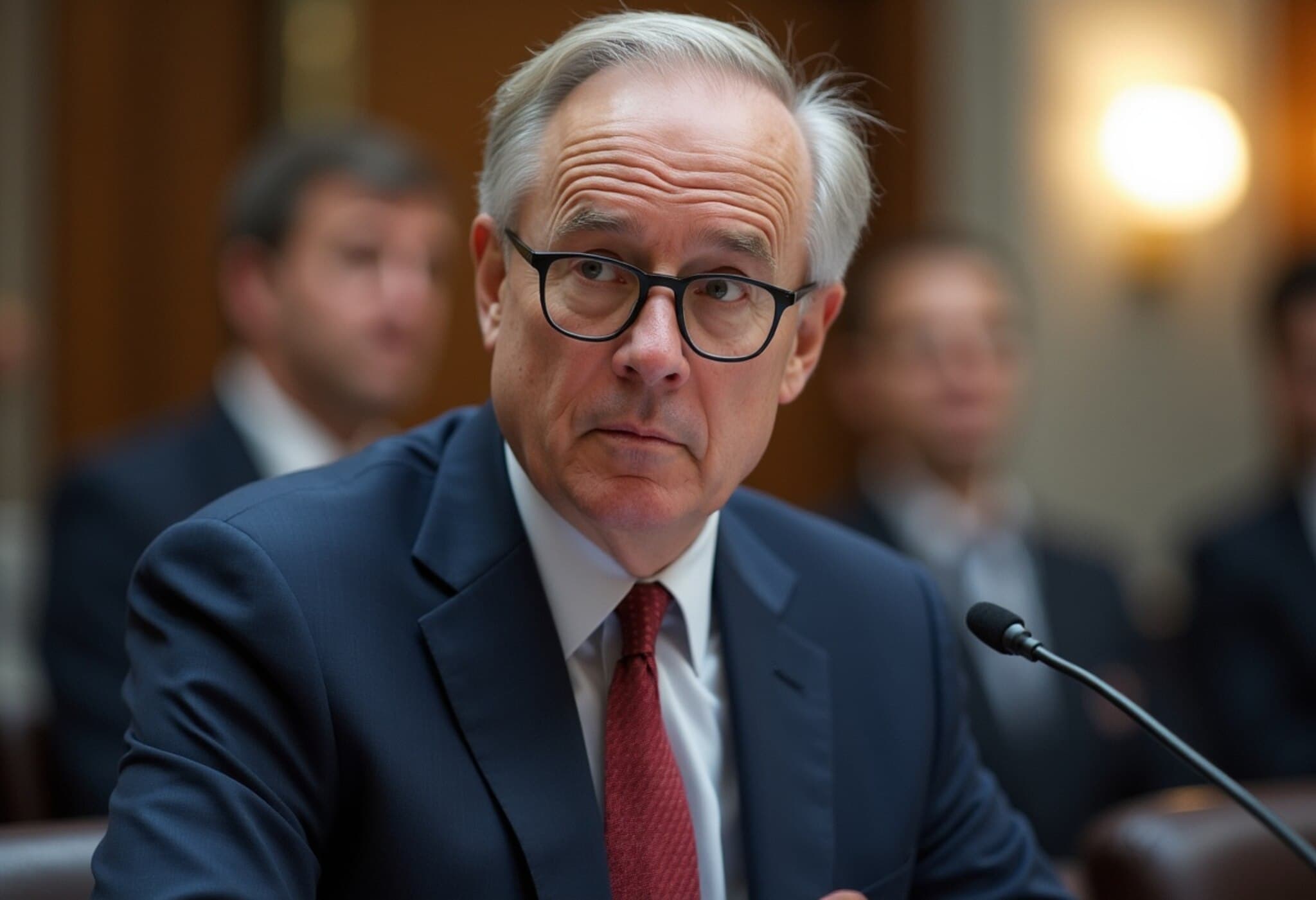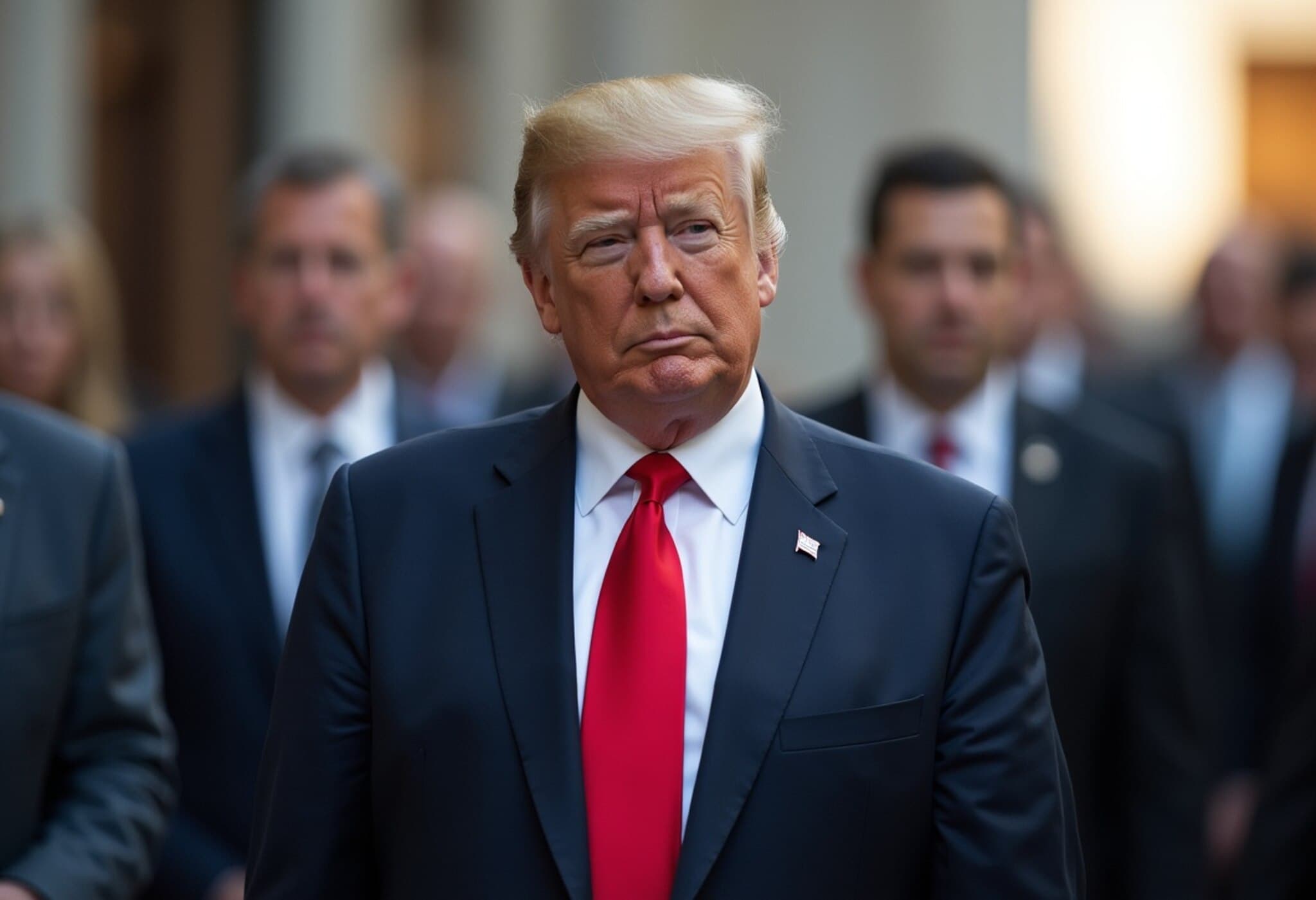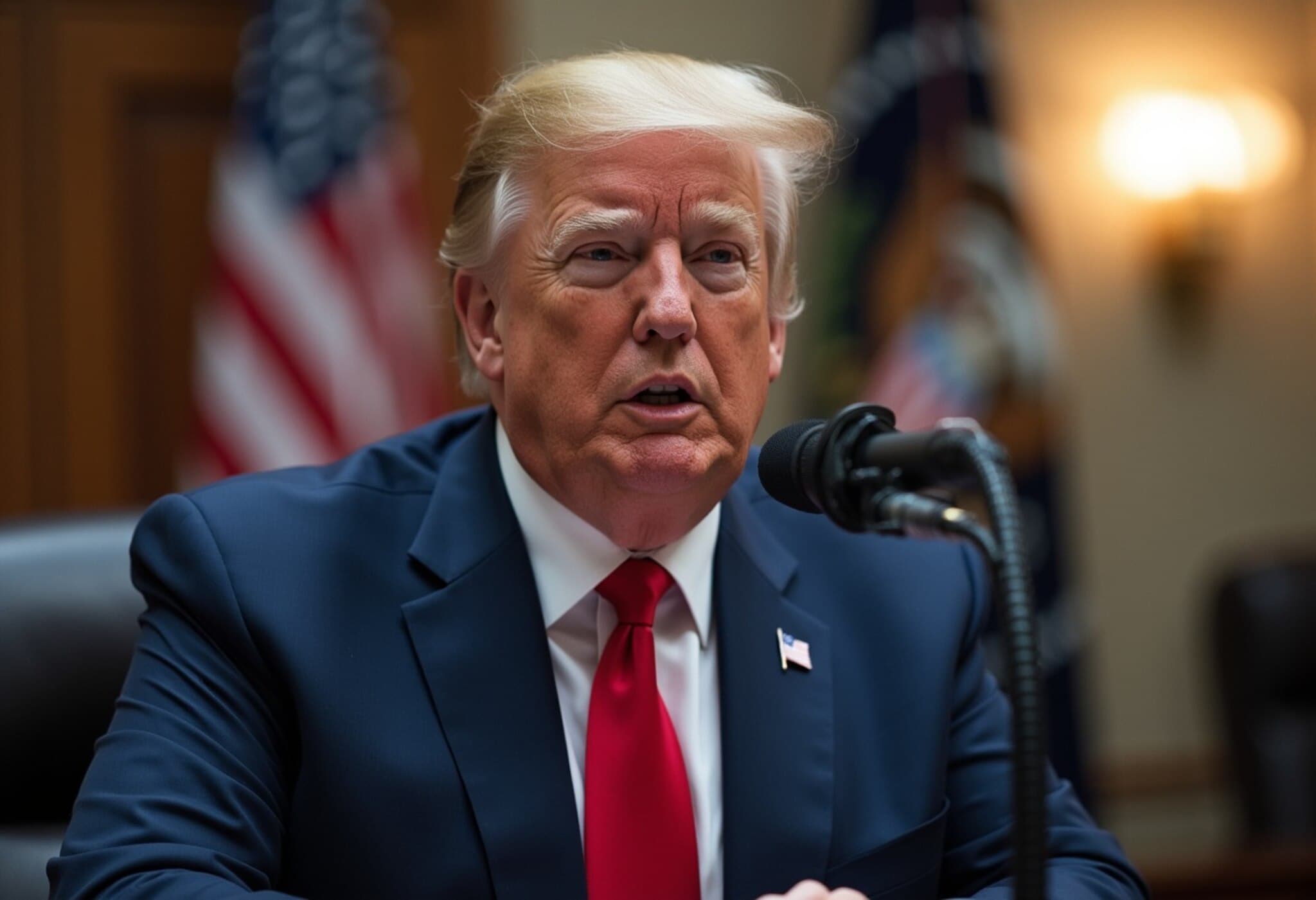US Labor Market Shows Signs of Cooling with Slower Job Growth in July
Job creation in the United States likely decelerated in July, with the unemployment rate expected to tick up to 4.2%, signaling a cooling labor market amid economic uncertainties. The Labor Department’s monthly employment report, released on Friday, suggests that nonfarm payroll growth fell below the previous three-month average, challenging expectations of a swift rebound after June’s unexpected surge.
Why Job Growth Slowed Down
The apparent slowdown follows a June spike largely driven by increases in state and local government education jobs, a seasonal effect that experts warn tends to reverse as the academic year progresses. According to Stephen Stanley, chief US economist at Santander US Capital Markets, "When the academic year ends, there is a huge drop in payroll levels at schools," which tends to depress July employment figures.
Compounding this natural ebb, businesses appear to be postponing hiring decisions amid persistent policy uncertainty, particularly surrounding trade and tariffs. President Donald Trump's recent imposition of steep tariffs on numerous trading partners—including a 35% duty on many Canadian goods—has roiled supply chains and blurred the economic picture. Market uncertainties caused by tariffs make companies hesitate to commit to new hires while assessing future costs and operational impacts.
Federal Reserve’s Rate Decision and Labor Market Dynamics
Last Wednesday, the Federal Reserve paused its interest rate hikes, maintaining rates in the 4.25%–4.50% range. Fed Chair Jerome Powell characterized the labor market as roughly balanced, with supply and demand contracting simultaneously, but he also noted this could signal downside risks. Most notably, Powell’s remarks dampened market expectations for a near-term easing of monetary policy.
Evidence from economists indicates that this labor market cooling may not be enough for the Fed to cut rates soon. The growing inflationary pressures attributed to tariffs complicate the picture, prompting some analysts to push back anticipated rate cuts from September to October or beyond.
Key Economic Indicators to Watch
- Nonfarm Payrolls: Economists surveyed by Reuters estimate July’s job additions at around 110,000, down from June’s 147,000 but below the recent three-month average of 150,000.
- Unemployment Rate: Expected to rise to 4.2%, slightly above the near-record lows seen earlier in 2025 but still within a historically tight range.
- Labor Force Participation: The ongoing decline in immigration and accelerated retirements among baby boomers have restricted labor supply, meaning fewer jobs are required monthly to maintain equilibrium.
Broader Implications and Expert Perspectives
Michael Reid, senior US economist at RBC Capital Markets, points to the tariff uncertainty as a critical factor shaping business confidence and job growth: "You don’t want to make long-term hiring decisions until you know what your costs of running your business are going to be."
Moreover, with the Supreme Court having recently cleared the way for the federal government to implement mass layoffs, some federal job reductions could begin to weigh on overall employment figures. However, conflicting statements from the administration about potential agency layoff plans add to the uncertainty.
On the policy front, economists like Gregory Daco from EY-Parthenon believe this latest jobs report won’t disturb the Fed’s cautious stance: "The report will add further evidence that the labor market is gradually losing momentum, keeping the Fed on the sidelines for now." Meanwhile, Boston College’s Brian Bethune underscores the looming impact of the Bureau of Labor Statistics’ September payroll revision, which could reveal significant downward revisions in prior employment data, potentially nudging the Fed toward rate cuts.
What Lies Ahead?
The interaction of subdued job growth, stubborn inflation fueled by trade policies, and evolving labor market demographics paints a complex portrait for the US economy in the months ahead. Policymakers face a delicate balancing act: fostering enough economic stimulus to sustain recovery without igniting inflation pressures that would derail progress.
For businesses and workers alike, the uncertainty surrounding tariffs and federal policy actions continues to cast a long shadow, influencing decisions from hiring to investments. As the job market shows signs of losing steam, the spotlight remains firmly on upcoming economic data and Federal Reserve signals to guide expectations on the trajectory of US growth.
Editor's Note:
July’s softening job growth amid rising unemployment raises essential questions about the resilience of the US economy in the face of trade tensions and demographic shifts. While the Fed remains cautious, the uncertain roadmap for tariffs and government workforce changes warrant close monitoring. For readers watching their financial futures and businesses calibrating strategies, the evolving labor market dynamics underscore a critical moment of transition with potential ripple effects across American economic life.



